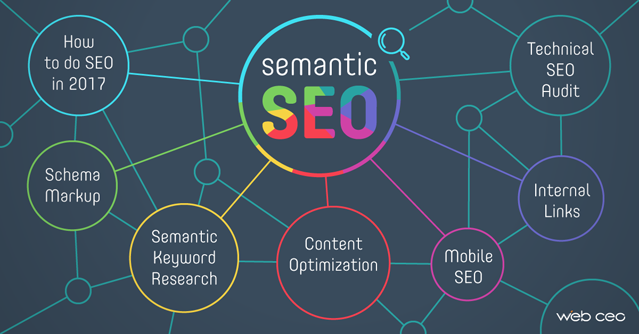In contrast to web 1.0, which was primarily a consultative web, a spectator web, the current world wide web is very collaborative, social. It is logically called web 2.0.
Its inventor, Tim Berners-Lee, predicted a few years ago that we were entering the 3rd phase of the web. It is called the semantic web. To sum up, people can nowadays collaborate, but machines still do not have the standards to do so. Web 3.0 allows, thanks to rules currently being finalized, communication between databases and their intelligent processing. The network will be semantic because the Internet offers a particularly powerful playing field for standards that have existed for a long time. Today, these systems are becoming more powerful thanks to the mass of data stored on the web.
Technically, how does it work?
The basic notion of semantic web is an ontology, a representation of the properties of what exists in the real world in a formalism that allows automatic processing. There are ontologies in all fields. If we take cinema as an example, we will integrate into the system that the director of the film “For a handful of dollars” is “Sergio Leone” and that Clint Eastwood is the leading actor. If we extrapolate this example to the web, which is made up of millions of data, it can give deep connections.
How to make your site more semantic?
The semantic web will be useful for a large number of applications:
- Make search engines more intelligent,
- Describe and process multimedia documents,
- Building multilingual and multicultural solutions
- Enable the fusion of very diverse information
In general, the semantic web is still in its infancy. It is always complicated to develop your site with this type of functionality. Nevertheless, it is necessary to get into the habit of thinking “semantically” by, for example, installing a system of tag clouds on your site or by structuring your data as much as possible.
There is, therefore, the data web, the “Giant Global Graph,” the “Linked Open Data,” the web 3.0, etc. To understand them well independently of each other, it is necessary to start from the internet of data. The web is characterized by pages linked to each other; we remain in the documentary field. With web data, on the contrary, works directly with databases. The data are also connected via links. We are therefore no longer working only on documents but raw data. This vision gives birth to Giant Global Graph when millions of users will be able to link and exchange data with each other. Linked Open Data is a set of data that can be put online and linked. This includes government data, academic data, etc.
Finally, web semantics consists of giving meaning to data by explaining their schema. For example, when an Internet user searches for a report, it will be possible to link the story to a document, which will allow him/her to be presented with not only reports but also documents. These will be classified into subtypes. So we create data classes.
As you will have understood, the semantic web is a model that allows data to be shared and reused between several applications. The objective is to enable users to find, share and combine information more simply without intermediaries.






